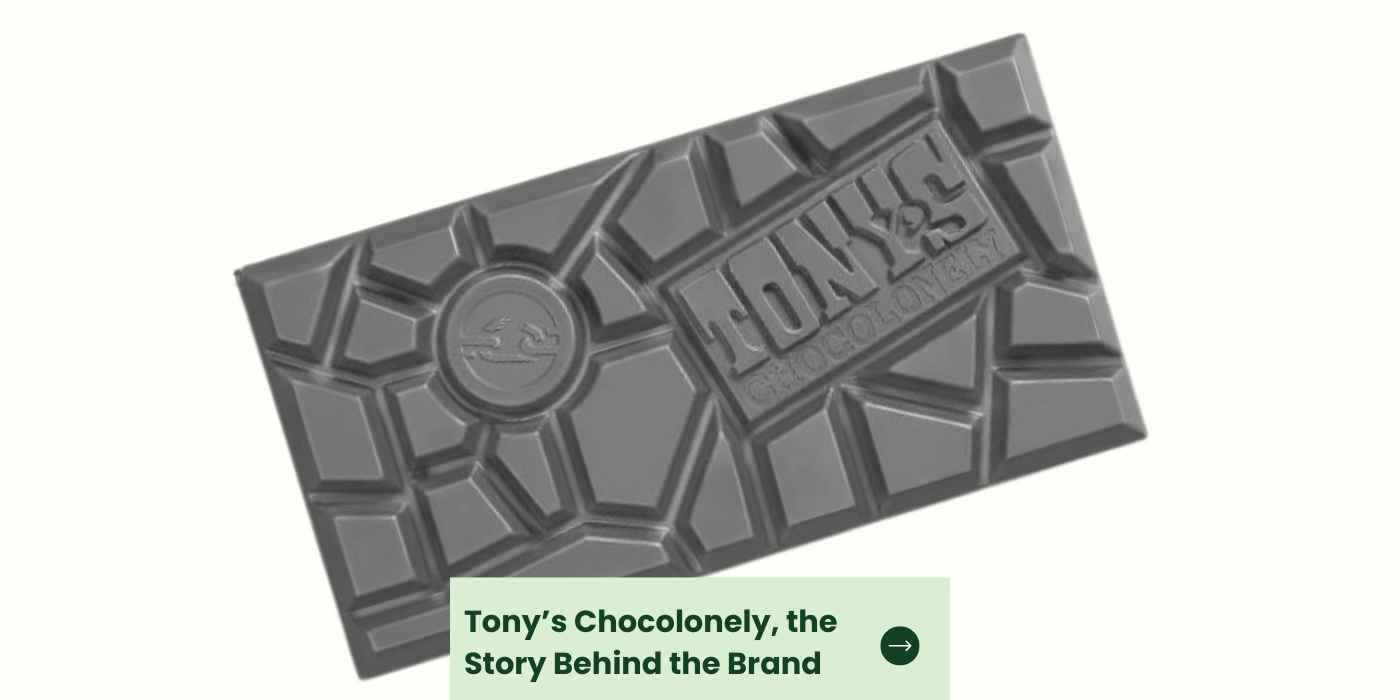Tony’s Chocolonely, the story behind the brand, unveils a tale of chocolate with a conscience.
In the vast landscape of chocolate brands, Tony’s Chocolonely stands distinct, not just for its delectable flavors, but for a mission that goes beyond the bar.
If you’ve enjoyed their chocolate and wondered about the passion and purpose driving their brand, you’re about to delve deep.
Armed with insights from the sustainable food industry and the brand’s history, I’ve chronicled Tony’s journey from its inception to its current impact.
Embark on this narrative with me, and let’s uncover the heart, soul, and ethics that shape every Tony’s Chocolonely bar.
If you’re all about ethical products, whether as gifts or for personal consumption, you’ve probably heard of and tried Tony’s Chocolonely. The Dutch-based chocolate company is pushing for a noble cause- to make 100% slave free the norm in chocolate. At Baba Me, we are proud to support this cause by selling Tony’s Chocolonely bars. You can too, every bar of Chocolonely purchased is a step towards eliminating modern-day slavery in chocolates’ production line.
Here’s more…
The story behind Tony’s Chocolonely is as dramatic as it is inspiring. It started back in 2002 when a Dutch investigative journalist, Teun Van de Keuken, found out that chocolate manufacturers were not upholding the Harkin-Engel Protocol.
The protocol is an international agreement signed in September 2001. The agreement came into being when reports of child trafficking and slavery in cocoa production, the main ingredient in chocolate, emerged. It aims at ending child labor and modern slavery in the production of cocoa.
When Teun van de Keuken discovered that chocolate manufacturers included in the protocol were not upholding the agreements made, he decided to take action. In 2005 he recorded himself eating chocolate and later charged himself in a Dutch court for supporting child slavery. He even convinced former cocoa plantation child slaves from West Africa to testify against him.
Nonetheless, the court dismissed the case, and none of the big chocolate companies made an effort to produce chocolate bars differently. So, Teun van de Keuken decided to lead by example and manufactured his slave-free chocolate bar. A court order later proved that the cocoa used was 100% slave-free, and this marked the beginning of Tony’s Chocolonely.
Over time Tony’s Chocolonely realized that to attain 100% slave-free chocolate production, they had to work directly with farming cooperatives. This meant that Tony’s could trace 100% of their cocoa beans back to the farmers and thus monitor the cultivation process to ensure no form of slavery or child labor is employed. The chocolate company also pays the farmers a higher price to comfortably support their families and run their farms.
An unequally divided bar
Once you unwrap a bar of Tony’s Chocolonely chocolate, one thing stands out- the irregular shapes of the pieces. The company has divided each bar into an irregular pattern in a deliberate move to make it impossible to share the bar equally.
This represents the sad state of the chocolate industry. Due to massive inequalities, a large proportion of the money goes to the big companies, while the chocolate farmers are paid meager peanuts. With the average cocoa farmer in one of the world’s major cocoa-producing countries earning a mere 67-euro cents a day, the result is high debts, child labour, forced labour, and exploitation.
Be Part of the Story
Tony’s Chocolonely is on a noble mission to make fair trade practice the norm in the chocolate industry. But they can’t do it alone- they need you. Be part of the story by purchasing a bar of Tony’s Chocolonely from Baba Me and help push this noble cause.




